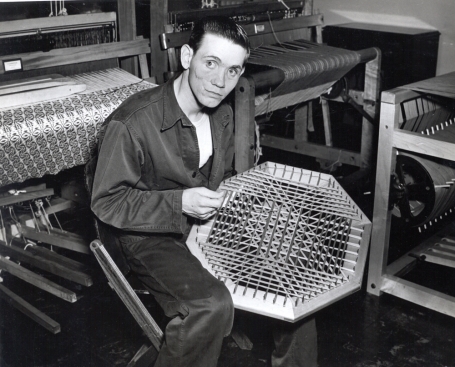
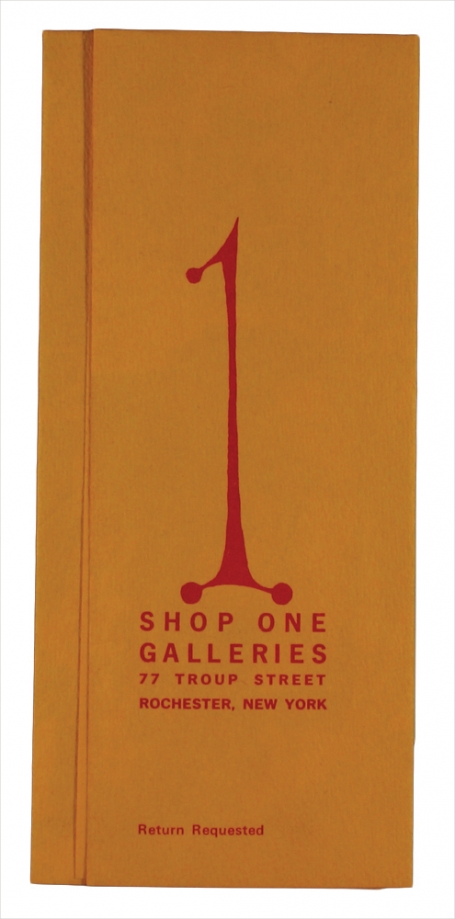
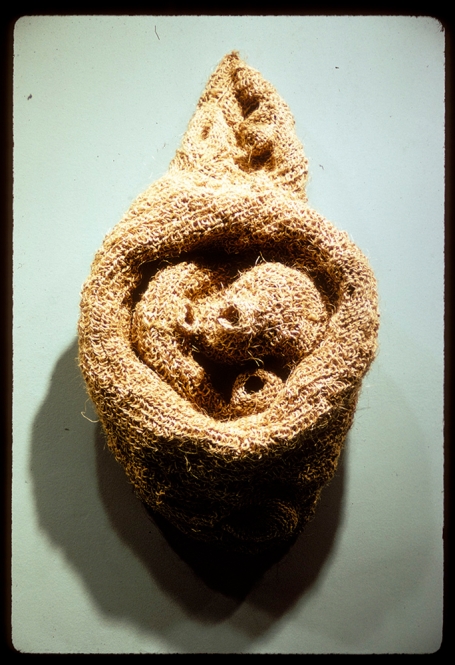
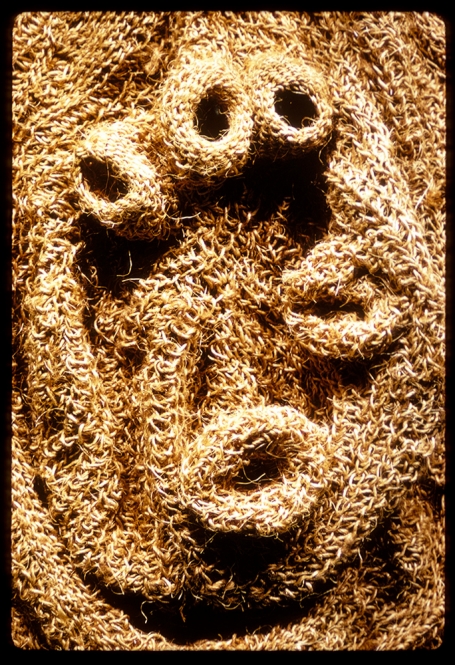
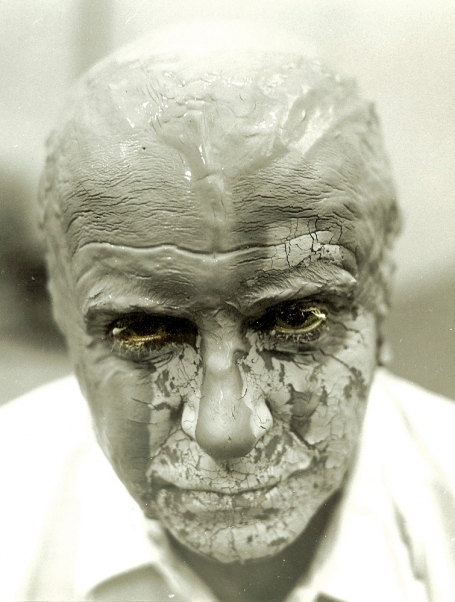
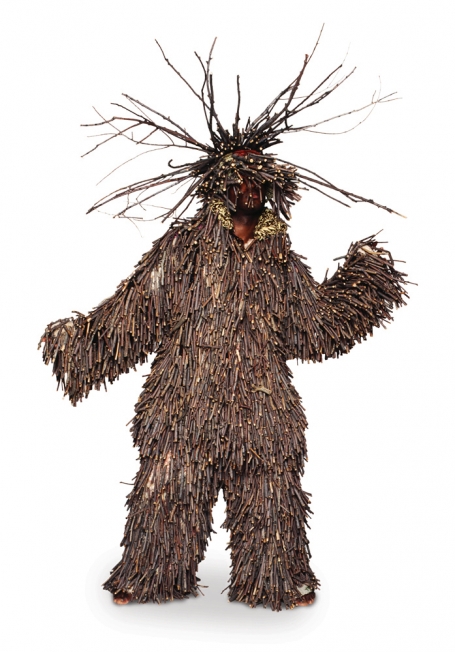
In all honesty, I must admit that I had selfish reasons for supporting the creation of the 70-Year craft timeline. Here in the ACC library, we receive countless research requests for information pertaining to the history of craft. Don't get me wrong - I live for the thrill of digging up that one golden nugget of information, quote, or photograph that can help connect the dots of a thesis, exhibition, or the like. In today's world, however, where time is of the essence, having the timeline is certain to be a quick, resourceful tool for both serious fact-checking and leisurely erudition.
Tremendous thanks to the talented American Craft editorial team for collocating the most fascinating tidbits from our history, including the following five I find especially noteworthy:
1941: Under Brigadier General Frederick H. Osborn, the U.S. Army begins recreational activities that will evolve into the Army Arts and Crafts program, boosting morale and inspiring creativity in soldiers to this day. The general's sister, ACC founder Aileen Osborn Webb, is an early champion of the program.
I'll never forget the day I discovered that craft was a family affair for the Osborn siblings - how cool is that? Check out the Army Arts & Crafts website to learn more about the history and how it remains a vital program for our valued servicemen and women today.
1956: Metalsmiths John Prip and Ronald Hayes Pearson, ceramist Frans Wildenhain, and woodworker Tage Frid band together to open Shop One, the first craftsmen-run gallery, in craft hotbed Rochester, NY.
Located in a remodeled carriage house, Shop One brought artists from different mediums together to market their wares outside of the traditional retailer market. In a 1956 Craft Horizons piece on the shop, John Prip said, "Every time there was a craft venture, you'd scratch beneath the surface and find some wealthy person supporting it. We were determined to establish something that would stand on its own feet." In addition to cutting out the middleman, Shop One encouraged interaction between the maker and the buyer - a notion many still find valued shopping at craft shows and on Etsy today.
1969: "Wall Hangings" at the Museum of Modern Art, curated by Jack Lenor Larsen and Mildred Constantine, features the work of Anni Albers, Lenore Tawney, Magdalena Abakanowicz, Sheila Hicks, Mary Walker Phillips, Ed Rossbach, Kay Sekimachi, and Claire Zeisler, among others.
Of the various mediums, fiber is what I find myself most frequently working with at home. When I need to take a reprieve here in the office from my library duties, I like to scour the shelves for inspiration. "Wall Hangings" is one of the hippest and most comprehensive textile exhibitions from the mid-20th century that I've come across. Look for images from the exhibition to appear as part of the Library Digital Collections database launching in September!
1972: Jim Melchert performs his conceptual work Changes: A Performance with Drying Slip, in which he and art and design colleagues dip their heads in liquid clay and sit in a studio cooled at one end, heated at the other, to experience the effects of slip drying.
Um, I am a great lover of the eccentricities of performance art; however, I have to say that with Changes, Melchert took the act of making to a whole new level with his bizarre showing of the slip drying process.
1992: After the Rodney King riots in Los Angeles, fashion designer Nick Cave affixes twigs to fabric to make a half-human beast, protesting depictions of African-American men as monsters. The first of several hundred Soundsuits is born.
Awhile back I had the pleasure of seeing a live performance of Nick Cave and his Soundsuits. It was an absolutely magical experience - the manner in which he conveys his message through the careful selection of fabric and movement of his unconventional ensembles is remarkable! Check his work out on our cover this issue too.
Have you seen the craft timeline in our August/September issue? Or its interactive cousin? What are your favorite moments? Let us know.


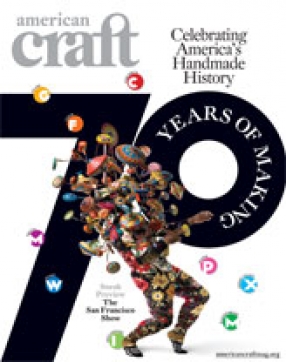



Post Your Comment
Fields in bold are required. Your email address is required but not published. Please enter the five digit code as it appears in the text field on its right.